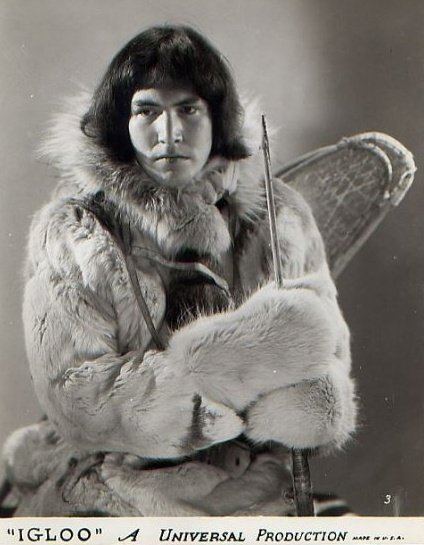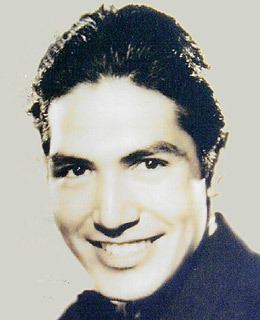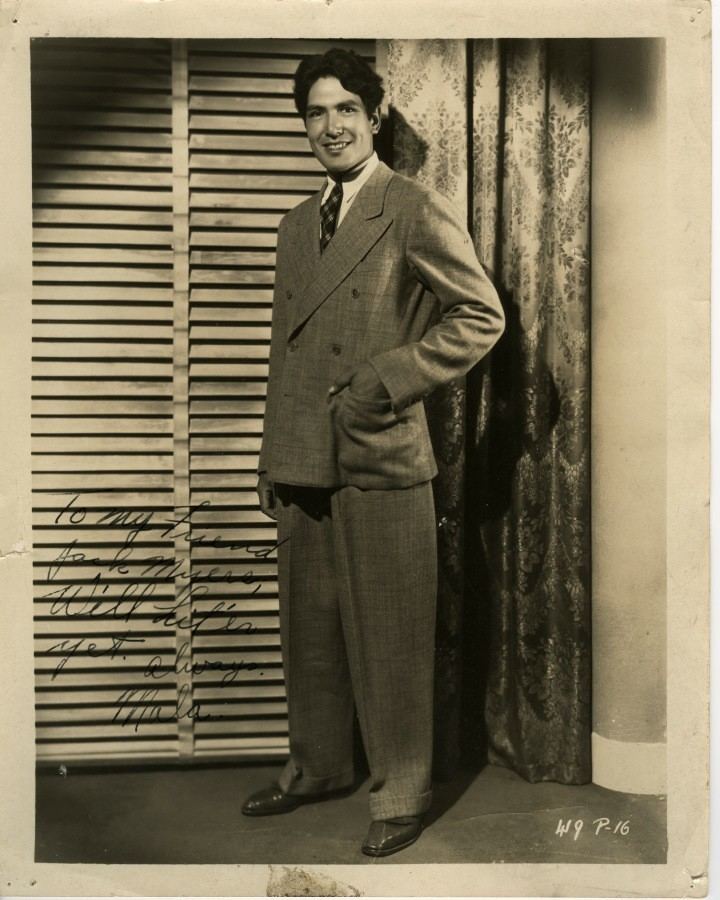Full Name Ray Wise Name Ray Mala Role Movie star | Occupation Actor Children Ted Mala Years active 1921-1952 | |
 | ||
Died September 23, 1952, Hollywood, California, United States Spouse Galina Liss (m. 1937–1952) Grandchildren Galina Mala Liss, Ted Mala Jr. Movies Mala the Magnificent, Robinson Crusoe of Clipper Is, Last of the Pagans, Hawk of the Wilderness, The Jungle Princess Similar People W S Van Dyke, Richard Thorpe, Wilhelm Thiele, Charles Vidor, Ray Taylor | ||
Cause of death Cardiovascular disease | ||
Entertainment Link-Ray Mala
Ray Mala (December 27, 1906 – September 23, 1952) was one of the first Native American movie stars. Mala was recently named a "Top Ten Alaskan" by TIME Magazine. He starred in MGM's Academy Award-winning Eskimo, directed by Woody Van Dyke.
Contents

Early life

Ray Mala was born Ray Wise in the small village of Candle, Alaska to a Russian Jewish immigrant father and a Native Alaskan mother. He was born during a unique period in Alaskan history. At that time Alaska was still a territory of the United States and still a mystery to many Americans. In 1921 an explorer named Captain Frank Kleinschmidt went to Alaska on an expedition to film a picture called Primitive Love in which Mala makes his film debut at age 14. Not only does Mala act in front of the camera but he serves as a cameraman as well for the picture. From here young Mala accompanied Knud Rasmussen, the Danish Arctic explorer and writer on his trip called The Great Sled Journey from 1921 to 1924 to collect and describe Inuit songs and legends as the official cameraman.
Career

In 1925 Mala made his way to Hollywood and got a job as a cameraman with Fox Film Corporation (this was before the creation of 20th Century Fox). Not long after Mala landed his first lead role in the silent film Igloo for Universal Pictures. Igloo was a success and led to his being cast as the lead in MGM's Eskimo/Mala the Magnificent. Louis B. Mayer sent director Woody Van Dyke to Alaska to film with an all Alaska native cast. Eskimo was produced by the legendary Irving Thalberg. Eskimo/Mala the Magnificent premiered to much fanfare at the famed Astor Theatre in Times Square, New York City in 1933 and was a huge success. Eskimo was billed as "The biggest picture ever made" by MGM. Eskimo won the first Oscar for Best Film Editing at the Academy Awards.

Mala gained international stardom following Eskimo and as a result MGM cast Mala as the lead in Last of the Pagans (1935), written by John Farrow and directed by Richard Thorpe. Last of the Pagans was filmed entirely on location in Tahiti and performed respectably at the box office. Mala's next big role came in The Jungle Princess (1936), which launched Dorothy Lamour's career (she went on to co-star with Bob Hope and Bing Crosby in the wildly popular Road to... movies). According to the book The Paramount Story, "The Jungle Princess was a huge success and was a whopping money maker for the studio." He also starred as himself in Republic Pictures' Robinson Crusoe of Clipper Island (1936) which was one of the first serials the studio had ever made. Mala co-starred with Herman Brix in Republic's Hawk of the Wilderness (1938) which many consider one of the top 10 best serials ever made. Other notable films include Green Hell (1940) starring Douglas Fairbanks, Jr., Flash Gordon Conquers the Universe (1940), Cecil B. DeMille's Union Pacific (1939), Son of Fury (1942) starring Tyrone Power, The Tuttles of Tahiti (1942) starring Academy Award winner Charles Laughton, and many other films of Hollywood's golden era.

Mala also spent a considerable amount of time behind the camera as a cinematographer. He worked with Academy Award winner Joseph LaShelle on many pictures including the Oscar-winning Laura (1944) starring Gene Tierney, Les Misérables (1952) which was directed by Academy Award winner Lewis Milestone, and many other films. One vintage photograph shows Mala working on location in Santa Rosa as a cameraman on Alfred Hitchcock's Shadow of a Doubt (1943). Other films include Meet Me After the Show (1951) starring Betty Grable, The Fan (1949)), and many more. Mala was also very close to director Henry Koster and worked as a cinematographer on several of his pictures with Joseph LaShelle.
In 1952, Mala reappeared in front of the camera to star in Red Snow opposite Guy Madison and according to the American Film Institute, Red Snow is the first film to deal with the cold war and the atomic bomb.
Death

Shortly after the release of Red Snow, Mala died on the set of his last film at the age of 45 from heart problems, after working in Hollywood for almost 30 years.
